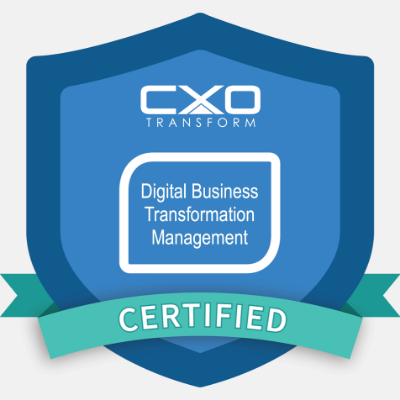 Customer-centric process improvement is not just about providing more efficient service. It is about changing the way you do business, so that it delights customers, before and after the sale.
Customer-centric process improvement is not just about providing more efficient service. It is about changing the way you do business, so that it delights customers, before and after the sale.
It all starts with understanding your customers and their journey – from how they discover your products to how they buy, pay, and receive them. It is about connecting with the mind and the emotions of your customers and delivering products and service that will make them come back over and over again.
But understanding your customers, their journeys, and their pain points is not enough. Before you start any process re-engineering, you also need to understand the company business objectives, its process framework and assess its existing process maturity level.
Process Maturity Level
| Maturity Level |
Maturity Level Name | Maturity a Level Description |
| 5 | Optimizing | Stable and flexible. Organisation is focused on continuous improvement. Change management is well defined and functions well. Processes can be re-configured quickly to respond to opportunity and change. Processes are largely automated. |
| 4 | Quantatively Managed | Measured and controlled. Organisation is data-driven with quantitative performance objectives that are aligned to meet the needs of internal and external stakeholders. Companies assess and analyze processes. They might also benchmark them against industry leaders. Process Ownership and performance metrics are clearly defined. |
| 3 | Defined | Defined. Process steps are clearly outlined, Inputs consistently produce the same outputs. Organisation-wide standards provide guidance across projects, programmes and portfolios. Processes are not automated. |
| 2 | Established | Predictable and repeatable. Process knowledge still rests with one person or a few people. Individuals or discrete groups may document their processes. Process outputs are predictable. Processes are not automated. |
| 1 | Initial (Ad hoc level) | Unpredictable and reactive. Processes are not defined or documented. Team members create processes on an ad hoc basis. Work gets completed but it is often delayed and over budget. Processes are not automated. |
Eight Main Reasons for Customer-Centric Process Improvement Failure
Although following a specific process improvement methodology is not absolutely essential, following proven steps or framework can help you achieve desired results. Here are the eight most common reasons for process improvement failures:
- not understanding your customers and their needs
- relying on Net Promoter Score improvement as a measure of success rather than critical metrics such as customer churn, lifetime value (LTV) and revenue.
- documenting future (TO BE) process without first documenting and analysing the existing customer journeys, their touchpoints, and the pain points
- relying on assumptions when mapping customer journeys rather than on actual customer research
- drawing difficult-to-understand, unstructured process maps rather than using standard notations
- failure to break through corporate silos to understand all customer interactions and how they add to the customer experience
- not considering what impact your process re-engineering activity may have on other processes
- not looking into the future and relying on old technologies
We deliver superior customer experience by fusing the best principles of design thinking with real customers’ feedback and metrics that matter.
Need help with customer-centric process improvement? Let’s talk.
